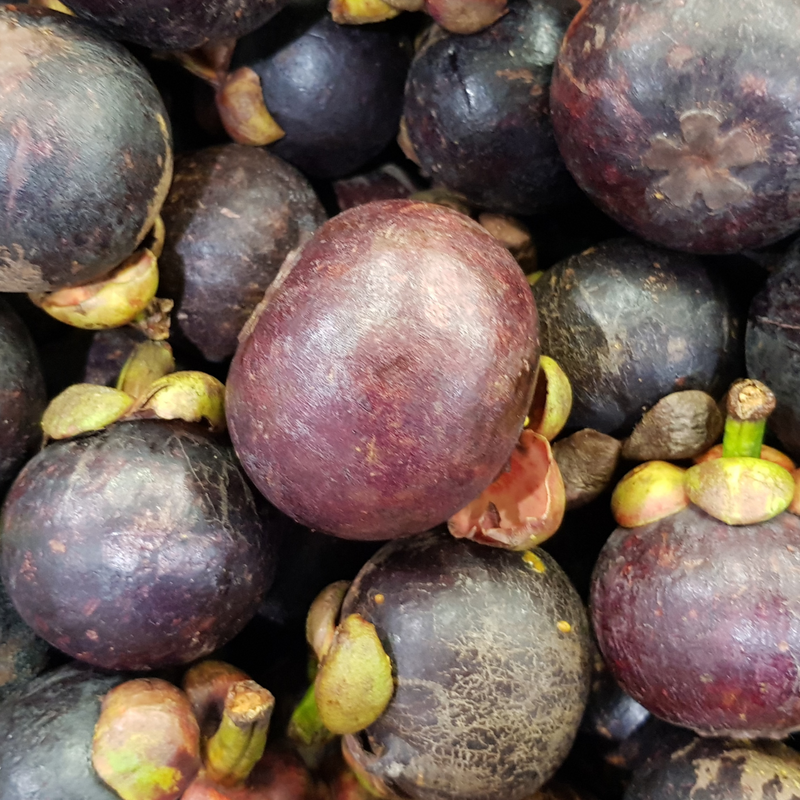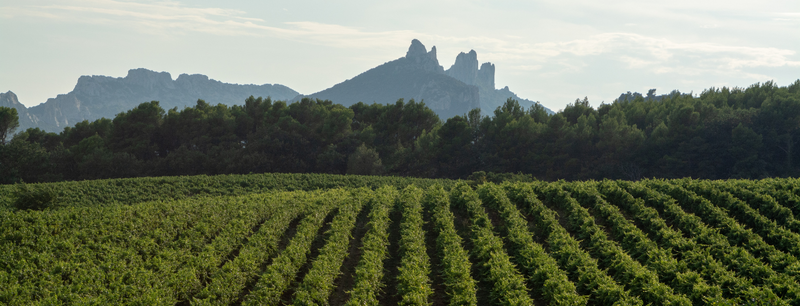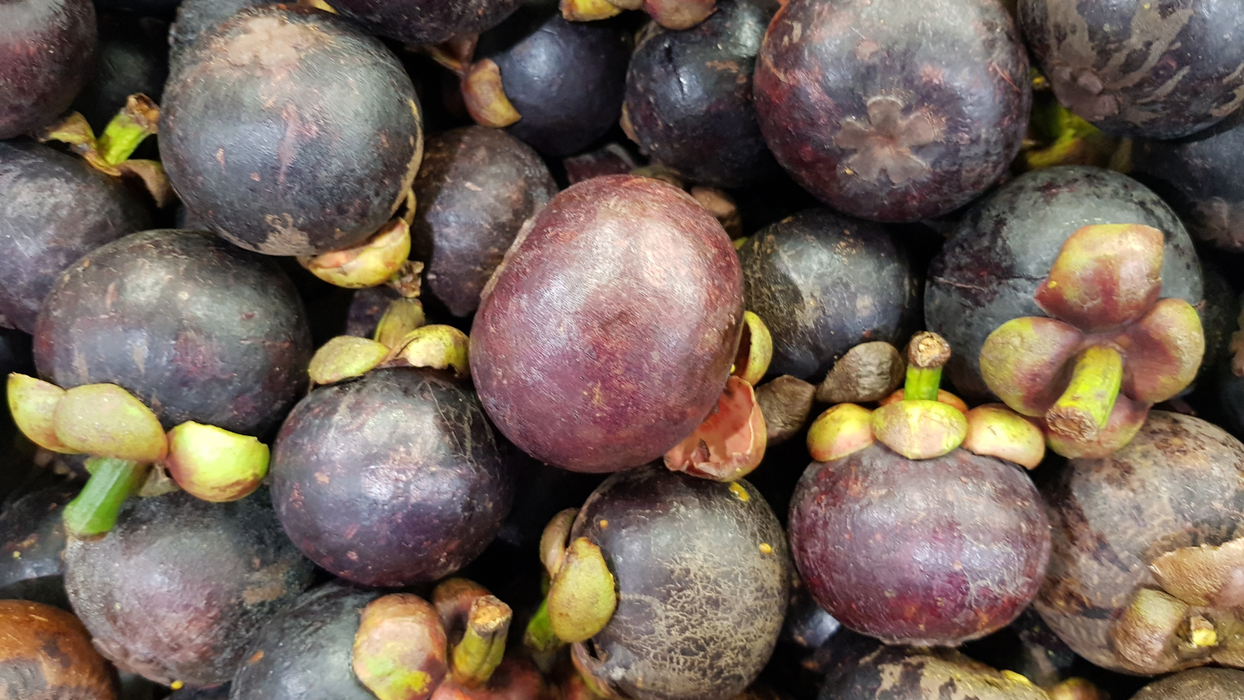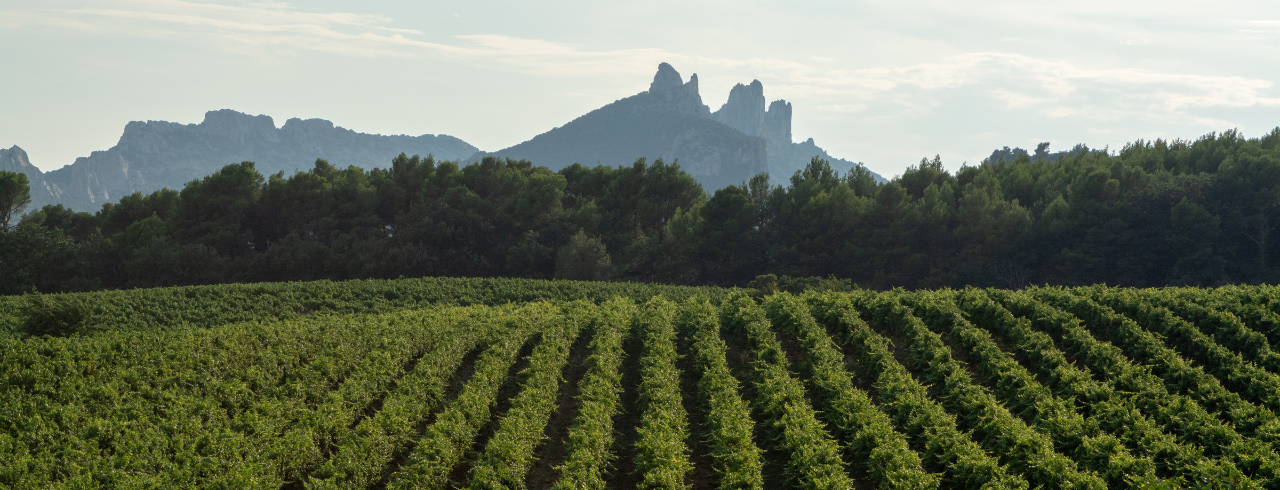
Wine Sweetness Chart Explained
Do you love sweet wine? Is it the sugar content or how it sticks to the glass like molasses when it’s extra sweet?
We love a rich dessert wine, but did you know that while taste can be a significant indicator of a wine’s sweetness, it’s not the only factor?
It’s time to reveal what’s underneath the aromas and flavors of your favorite red and white wines.
We’re taking you through all the sweet wine types.
Sweetness Levels of Wine
The sweetness level of a wine is measured by the amount of residual sugar it contains. Residual sugars are the grape sugars left over after fermentation in winemaking.
There are typically four or five levels of wine sweetness, though many wine tech sheets will contain a percentage indicating how much sugar is in the bottle.
The actual sugar content is measured in grams per liter or g/L:
- Bone Dry-Almost no residual sugar in the wine.
- Dry-No more than 10-20 g/L of residual sugar (below 1%).
- Semi-Sweet-Typically contain about 20-75 g/L of residual sugar (above 3%).
- Sweet and Very Sweet-Usually dessert wines with over 75 g/L of residual sugar (7-9%).
Red Wine Sweetness Chart
Red wine has an incredible range of sweetness levels.
From dry, savory red wines like Cabernet Sauvignon to sweet red wines like heavy, fortified blends, here’s the info on red wine sweetness levels.
Dry Red Wines
These red wines contain less than 1% sweetness level or under 10g/L of sugar. When yeast in the fermentation process soaks up all of the sugars in the grapes, leaving no residual sugars behind, the outcome is a dry red.
You might have heard of some robust red wines like Merlot, Cabernet Sauvignon, or Sangiovese being referred to as “tannic,” which means they are high in tannins or polyphenolic biomolecules that bind to and break down proteins and sugars in the wine.
Other dry red wines like Nebbiolo and Bordeaux are considered very dry, while Pinot Noir, Zinfandel, Grenache, Malbec, and Syrah are deemed slightly sweet to medium sweet. These semi-sweet red wines contain an average of 3-5% sweetness level.
Sweet Red Wines
Sweet red wines like Lambrusco usually contain 15-45g/L of sugar, with Lambrusco Dolce being considered the sweetest. Lambrusco often tastes fruity, including notes of raspberry, strawberry, watermelon, and floral aromas.
When you have fortified wine like Tawny Port or Ruby Port, prepare for the sugar level to increase. This is because the higher alcohol content is linked to sweetness, and fortified wines contain pure alcohol spirits.
The main difference between Tawny Port and Ruby Port is that the first has been aged longer, sometimes as long as 40 years, while the second is a younger dessert wine that’s brighter in color, hence the name “Ruby Port.” Ruby Port often has a sweeter plum and chocolate taste, while Tawny Port tastes savory with dried fruit flavors.
With an average alcohol percentage of 20% APV (alcohol per volume), Port Wines can contain up to 100g/L of sugar! Some vintage ports range between 90-120g/L of residual sugars.
A quick visual way to tell if a red wine is high in sugar is to give it a quick swirl and see if the wine leaves a sticky residue that looks like motor oil or molasses.
Now that we’ve discussed a few red wines and their sweetness levels let’s look at a few white wines.
White Wine Sweetness Chart
Just like with red wines, it can be tricky to determine a white wine’s sweetness, especially with citrus, floral, or stone fruit aromas.
Here’s a quick rundown of some famous white wines, from bone dry to sweeter than honey.
Dry White Wines
If you like the light, airy textures of herbaceous, mineral, and brisk citrus fruits, white wines like Muscadet, Pinot Grigio, Chardonnay, Chenin Blanc, and Sauvignon Blanc contain less than 1% of residual sugars.
These wines are high in acidity, which will cut through any sugars during the fermentation process. So if you’re looking for a slightly healthier, guilt-free choice for sipping, try one of these easy, breezy white wines.
On the opposite end, here are some sweet white wines that deliver a true sugar explosion if that’s what you’re craving.
Sweet White Wines
Grape varietals like Chenin Blanc or Riesling can taste either super dry or teeth-chattering sweet, depending on how white wine is made.
Some German Rieslings, like Beerenauslese Riseling, are purposely infected with noble rot, which results in higher sugar levels of 90-220g/L.
Other sweet Rieslings, Moscatos, and the famously deep yellow Hungarian wine, Tokaji, are higher in residual sugars and contain over 5% sweetness at 50 g/L of residual sugar.
One type of Tokaji wine, Tokaji Aszu, is infected with a particular rot known as Botrytis cinerea, which gives this distinct wine flavors of saffron, ginger, and tangerine. It takes on a honey-like taste and consistency and contains residual sugar levels between 60 and 450 g/L
Tokaji Eszencia contains a sugar concentration between 500 and 700g/L, but other vintages can include over 900g/L!
Another white wine sweetened with Botrytis cinerea rot is Sauternes, famously grown in Bordeaux. It’s made from a blend of Sauvignon Blanc, Muscadelle, and Sémillon. With honey, butterscotch, and coconut flavors, it tastes as sweet as it sounds with 120-220g/L of residual sugar.
With fresh aromas of pear, peach, orange blossom, and lemon, Moscato d’Asti is one of the original wines of Piedmont, Italy. It’s a sparkling wine that dates back to the Roman Empire, and it’s known for its sweetness with 90-120 g/L.
If you want a super uniquely sweet experience, try sipping the German dessert wine known as “Ice Wine.” This wine is made from grapes that have been frozen on the vine. While the water in the grapes freeze, the sugars and other solids don’t, resulting in a more concentrated, sweet wine. Residual sugar levels in Ice Wine are usually around 120-220g/L.
Now that we’ve explored red and white wine sweetness levels from super dry to extremely sugary, there is one more thing to consider when gauging wine sweetness levels.
Perception of Sweetness
Sometimes taste can be deceptive as dry wine still contains many residual sugars. If a dry wine has high acidity, the acid will cut through any sugars in the blend, causing it to taste less sweet.
Just as acid can add sourness to a wine, tannins add bitterness, giving the illusion of less sugar. Alcohol levels also affect how sweet a wine tastes.
A higher-alcohol wine will usually taste sweeter, while a lower-alcohol wine will have a dryer taste.
Therefore, if a dry wine has a high alcohol content, it will taste sweet regardless of having low residual sugars.
The smell of wine can shift your perception of the sweetness level as swell. If a wine has aromatic, floral notes, your brain tells you that it will taste sweet.
Dry or Sweet?
Whether you love extremely dry or teeth-achingly sweet wine, we hope our wine sweetness charts have been enlightening.
Remember that residual sugar levels, tannins, acidity, and even our perception of sweetness will affect the tasting experience.
Wine sweetness perception can also come down to genetics, as some will be more sensitive to properties like tannins than others. For example, the more tannic a wine tastes, the less sweet it seems.
Don’t forget to check out Wine Insiders’ Red Wines and White Wines of varying sweetness levels. Get the scoop on more wines and the industry by visiting the Insiders Blog today!
Related Wines
- 2024 Muchas Manos White Blend
- 2020 Cameron Hughes 'Lot 825' White Wine
- 2022 Lazy Ocean Chardonnay
- 2023 Cala De' Poeti Pinot Grigio D.O.C.





